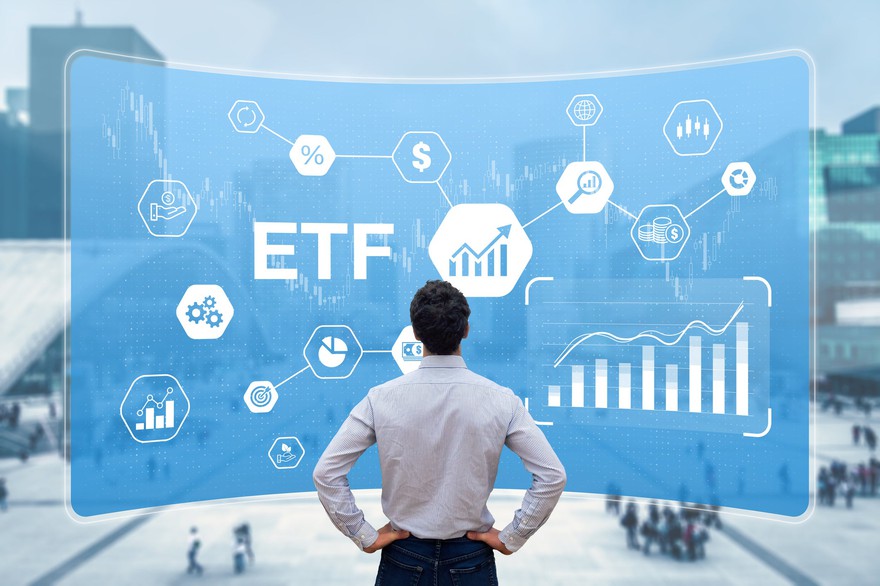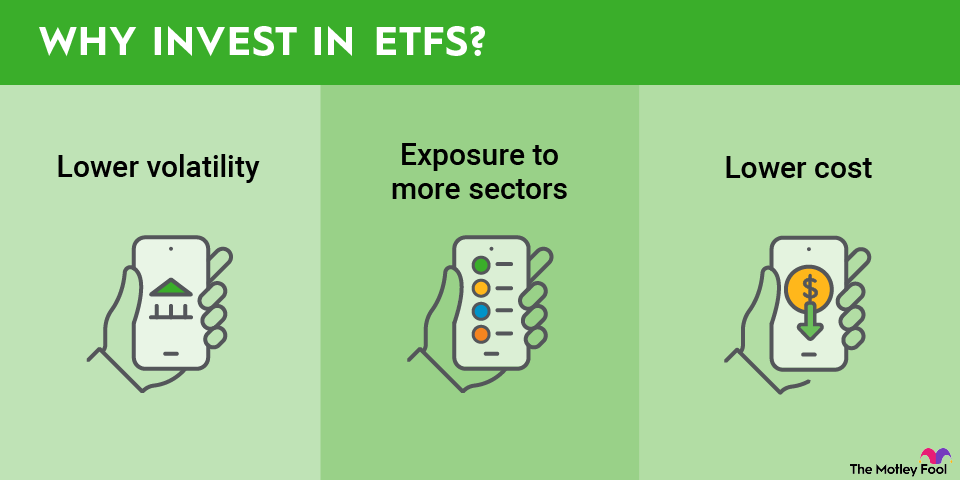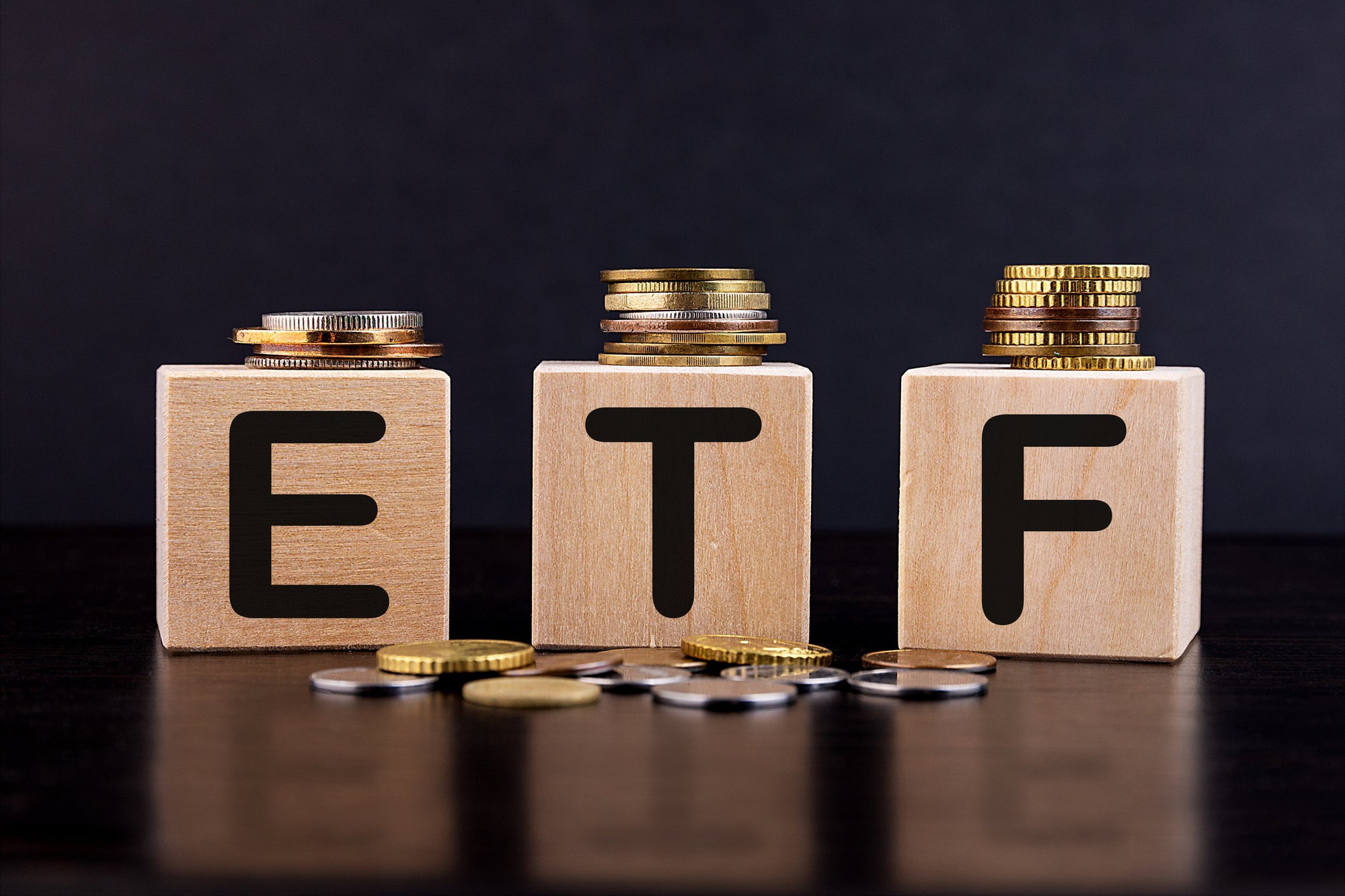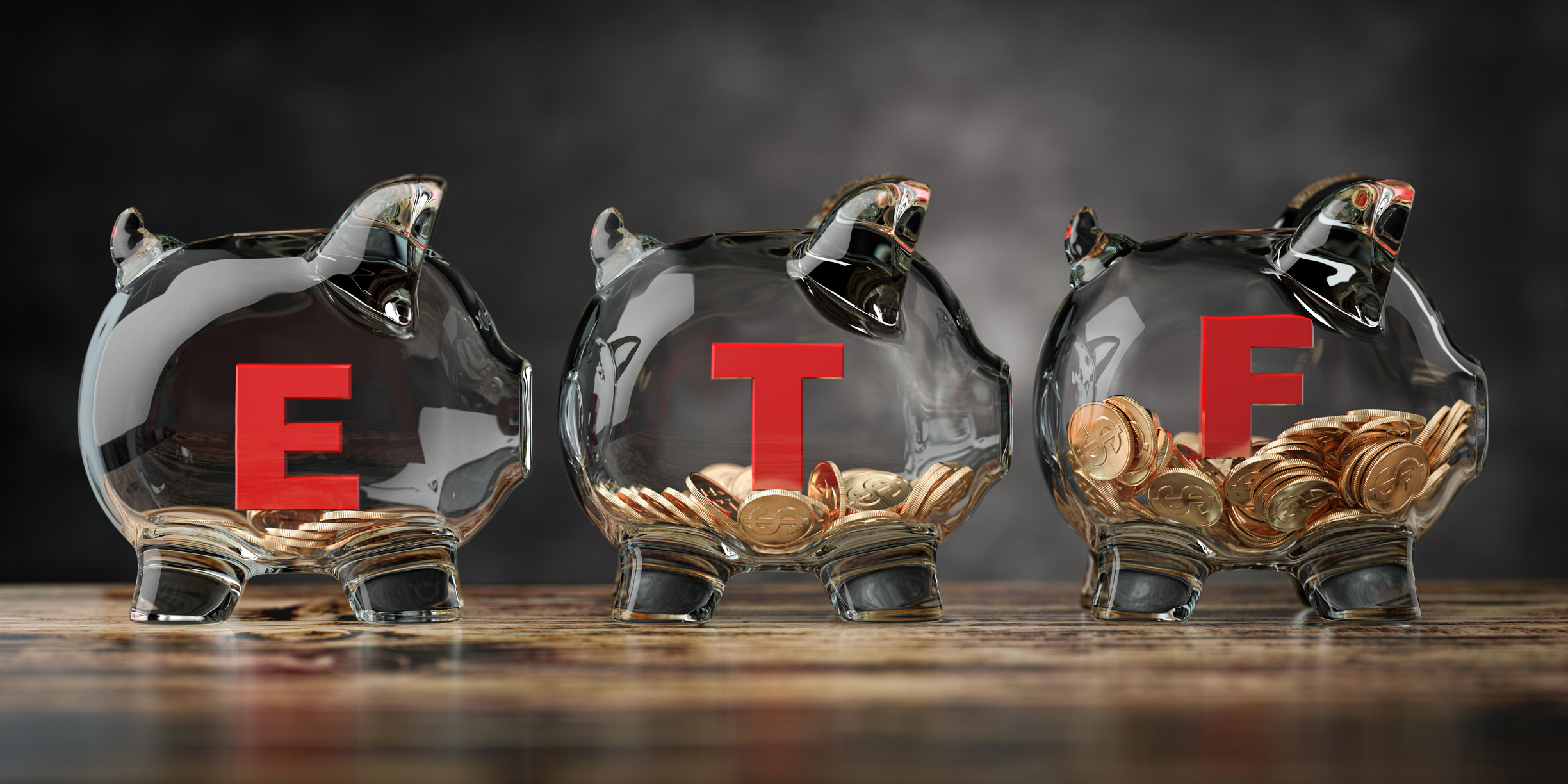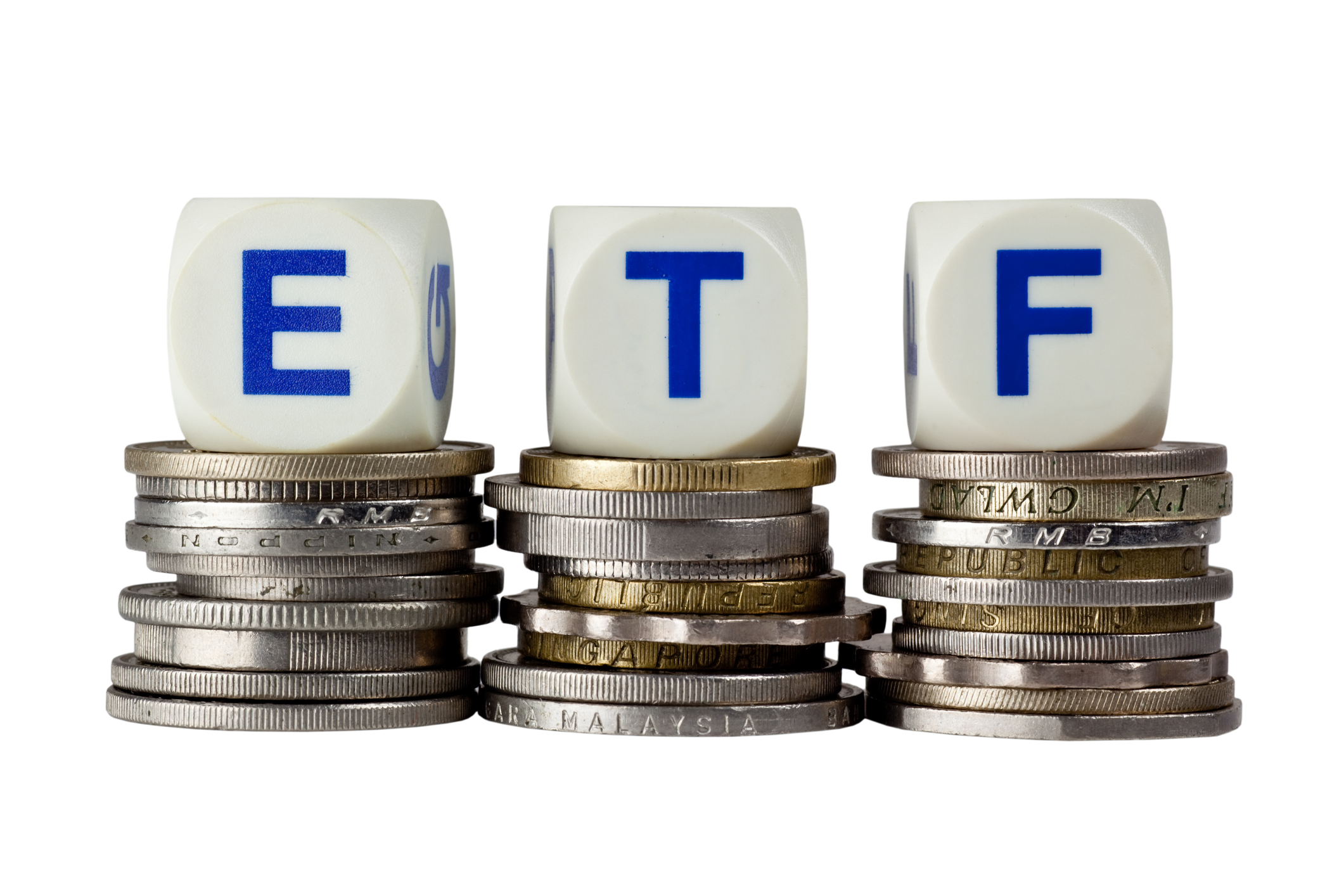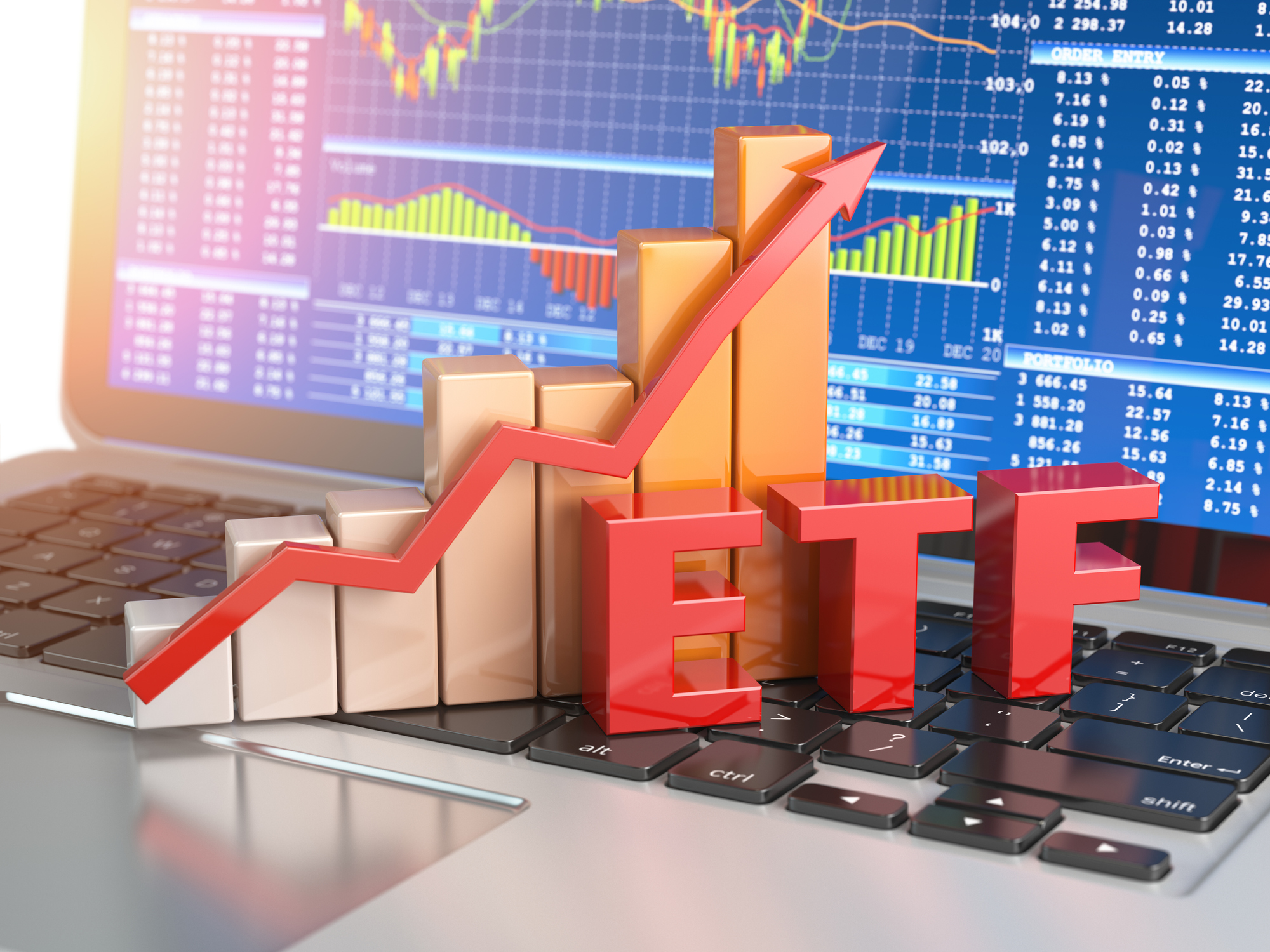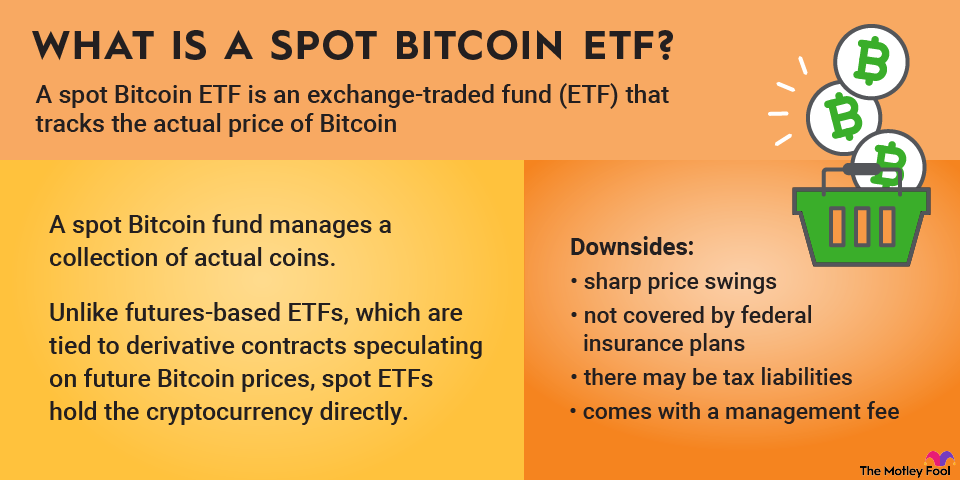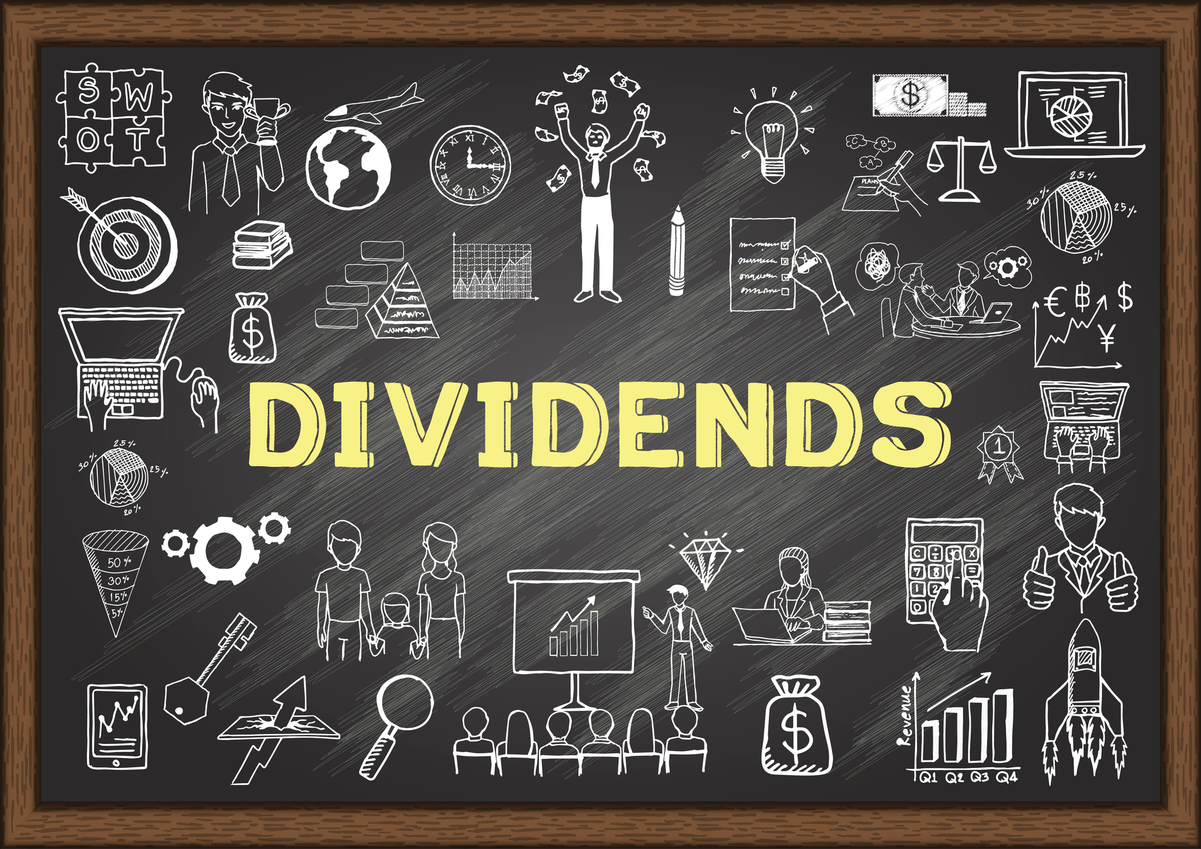If you want exposure to robotics stocks or AI stocks but don't want to choose individual stocks, investing in the Robo Global Robotics & Automation Index ETF (ROBO +1.30%) could be a good choice. However, the stocks included in the ETF tend to be volatile, so it's essential to be aware of the risks of investing in emerging technologies.
Let's explore the ins and outs of investing in the ROBO ETF. We'll explain its top holdings, its dividend history, historical performance, and more to help you determine if this ETF makes sense for your portfolio.

What is the ROBO ETF?
The ROBO ETF is an exchange-traded fund (ETF) that tracks the ROBO Global Robotics & Automation index ETF that invests in companies making innovative developments in robotics, automation, and artificial intelligence (AI).
Launched in October 2013, the ROBO ETF trades on the New York Stock Exchange. As of October 2025, it had about $1.19 billion in assets under management (AUM). The fund's 79 holdings include a mix of large, mid-, and small-cap companies based in North America, Asia, and Europe.
Exchange-Traded Fund (ETF)
How to buy the ROBO ETF
Follow these steps if you want to buy the ROBO ETF. You can follow the same steps to invest in ETFs of any kind.
Step 1: Open your brokerage app: Log into your brokerage account where you handle your investments.
Step 2: Search for the ETF: Enter the ETF ticker ("ROBO") into the search bar to bring up the ETF's trading page.
Step 3: Decide how many shares to buy: Consider your investment goals and how much of your portfolio you want to allocate to this ETF.
Step 4: Select order type: Choose between a market order to buy at the current price or a limit order to specify the maximum price you're willing to pay.
Step 5: Submit your order: Confirm the details and submit your buy order.
Step 6: Review your purchase: Check your portfolio to ensure your order was filled as expected and adjust your investment strategy accordingly.
Does the ROBO ETF pay a dividend?
The ROBO ETF paid an annual dividend of about $0.31 per share in 2024, which works out to a 12-month yield of 0.52%. As of 2025, ROBO was paying 0.45% annually. That's fairly modest, considering that the 12-month yield of the S&P 500 index was 1.27% as of December 2024.
An ETF's dividends are determined by the dividend payments of the companies in its holdings. Tech stocks aren't known for generous dividend payments because many newer tech companies aren't yet profitable. Even those that do turn a profit often reinvest their extra cash back into the business rather than distributing it to shareholders.
If you're primarily looking for investment income, the Robo Global Robotics & Automation Index ETF won't be a good fit. Consider a dividend ETF instead if you're looking for consistent income.
ETF Expense Ratio
What is the ROBO ETF's expense ratio?
The ROBO ETF's expense ratio is 0.95%. That means if you invested $1,000, you'd pay $9.50 in fees, while the remaining $990.50 would be invested. That's a relatively high ETF expense ratio, but it's not unusual for a sector ETF. Still, it's important to consider the cost of expenses when choosing the best ETFs to invest in because fees can eat away at your returns over time.
To illustrate the impact of fees, imagine you invested $10,000 in an ETF like the Vanguard S&P 500 ETF (VOO +0.84%), which charges an expense ratio of 0.03%.
On the flipside, let's say you also invest $10,000 in an ETF that charges a 1% expense ratio. Suppose you earn identical 10% annual returns on both funds, and you hold each ETF for 20 years. Your investment would be worth nearly $93,000 after two decades, while your investment in the fund with the 1% fee would only be worth about $78,000.
That doesn't mean you should always avoid mutual funds and ETFs with high expense ratios. But be sure you have a good reason to believe the higher-fee investments will generate additional returns that justify the extra cost.
Historical performance of the ROBO ETF
The ROBO ETF provides access to many companies with high growth potential, but thus far, it has underperformed compared to the overall U.S. stock market. Not surprisingly, the ROBO ETF performed especially poorly in 2022, which was brutal for tech stocks.
Trailing Return | Total Return % |
|---|---|
1-year return | 23.09 |
3-year return | 17.55 |
5-year return | 6.55 |
10-year return | 11.61 |
By comparison, the S&P 500's one-year returns as of late-October 2025 were around 14.52%, and its 10-year average annual returns were almost 12.56%.
Before you invest in the ROBO ETF, consider your risk tolerance. The fund's beta is 1.4, which means it's 40% more volatile than the overall stock market. If you can't stomach large price swings as an investor, this ETF is probably best avoided.
Related investing topics
The bottom line on the ROBO ETF
The ROBO ETF offers exposure to robotics and AI stocks. It could be a solid choice if you're looking to invest in potentially game-changing technologies with the potential for big rewards -- but so far, the fund has underperformed compared to the broader U.S. stock market.
Before you invest, consider your appetite for volatility. Consider the alternatives. For example, you could capture some of that potential growth by investing in a tech ETF with a broader focus.
Don't forget to factor in the fund's investment fees. A 0.95% expense ratio is relatively high and could eat into your returns when you're investing in ETFs for the long run.







